Hair is a defining feature of our appearance and personality. It adds texture, depth, and dimension to our overall look. Layering is a popular technique used by hairdressers to add depth, volume, and movement to hair. Layering is the process of cutting hair at different lengths, creating sections that are stacked on top of one another. In this article, we will explore the different types of hair layers and their benefits.
-
Short Layers
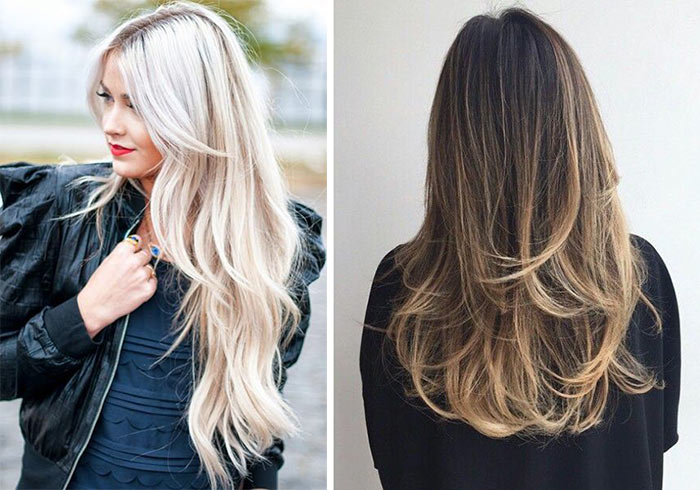
Short layers are the most common type of layering. They are used to create volume and texture in short haircuts, such as bobs and pixie cuts. Short layers can also add depth to thick hair, making it easier to manage and style. Short layers typically start around the crown of the head and continue downward.
Also Read: The Benefits Of Eyebrow Waxing For Defining Brows
2. Long Layers
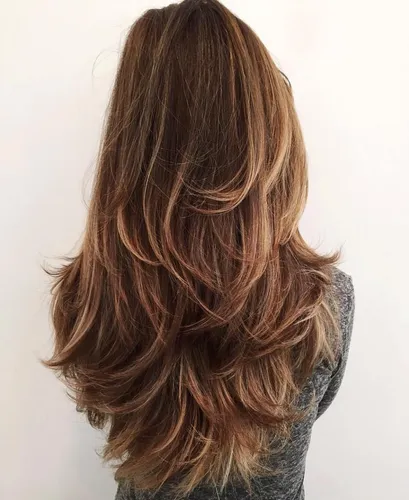
Long layers are used to add movement and volume to long hair. They are also used to create a cascading effect that makes long hair look fuller and bouncier. Long layers typically start around the jawline and continue downward. They are ideal for those with fine hair who want to add more volume.
3. Face-Framing Layers
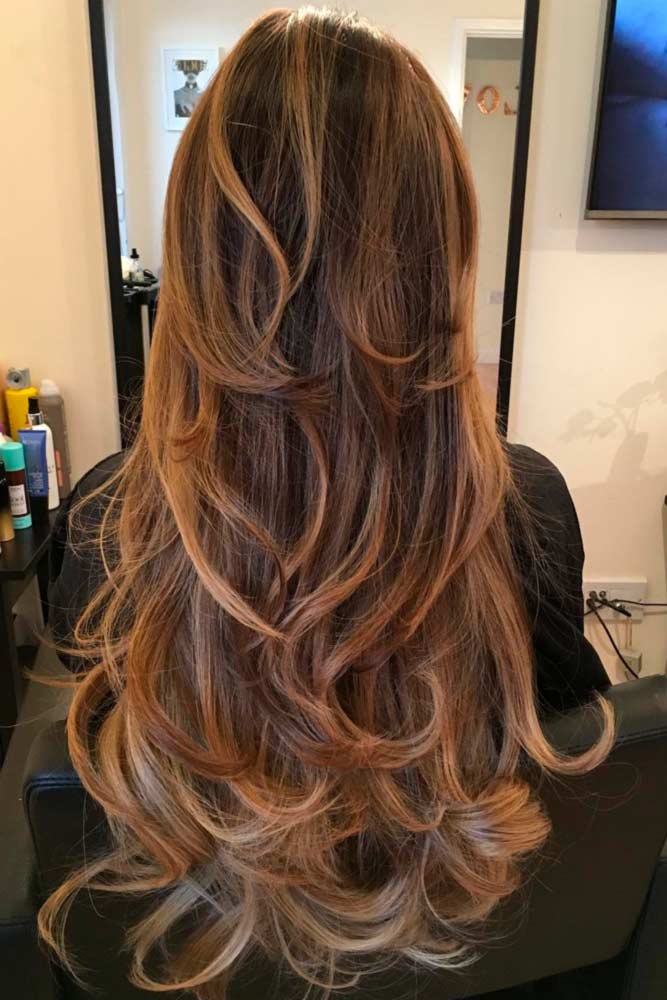
Face-framing layers are used to highlight your facial features. They are typically cut around the front of the face and create a soft, feminine look. Face-framing layers are ideal for those with long hair who want to add more dimension to their hair.
Also Read: How to Buy Wholesale Cosmetics
4. Choppy Layers
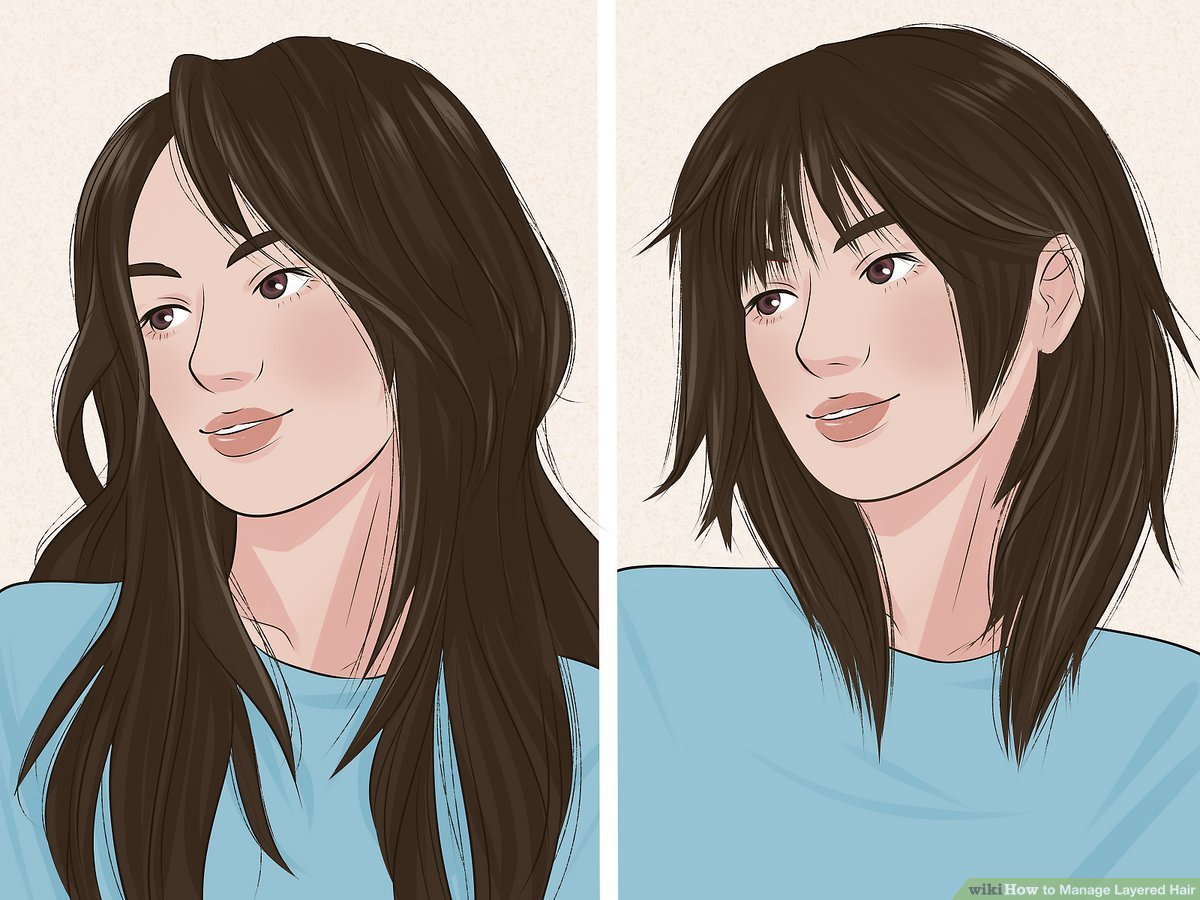
Choppy layers are used to create a more edgy and textured look. They are often used in short haircuts and can add a lot of movement and volume. Choppy layers are typically cut at different lengths, creating an uneven look. They are ideal for those who want a bold and daring haircut.
5. Feathered Layers
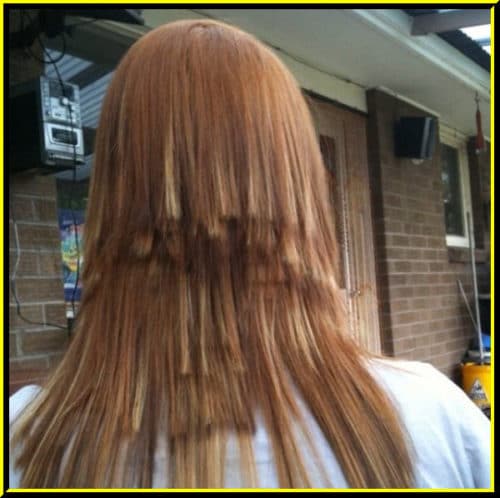
Feathered layers are used to create a soft and flowing look. They are typically cut at a slight angle, creating a feather-like effect. Feathered layers are ideal for those with medium to long hair who want to add more movement and texture.
6. Graduated Layers
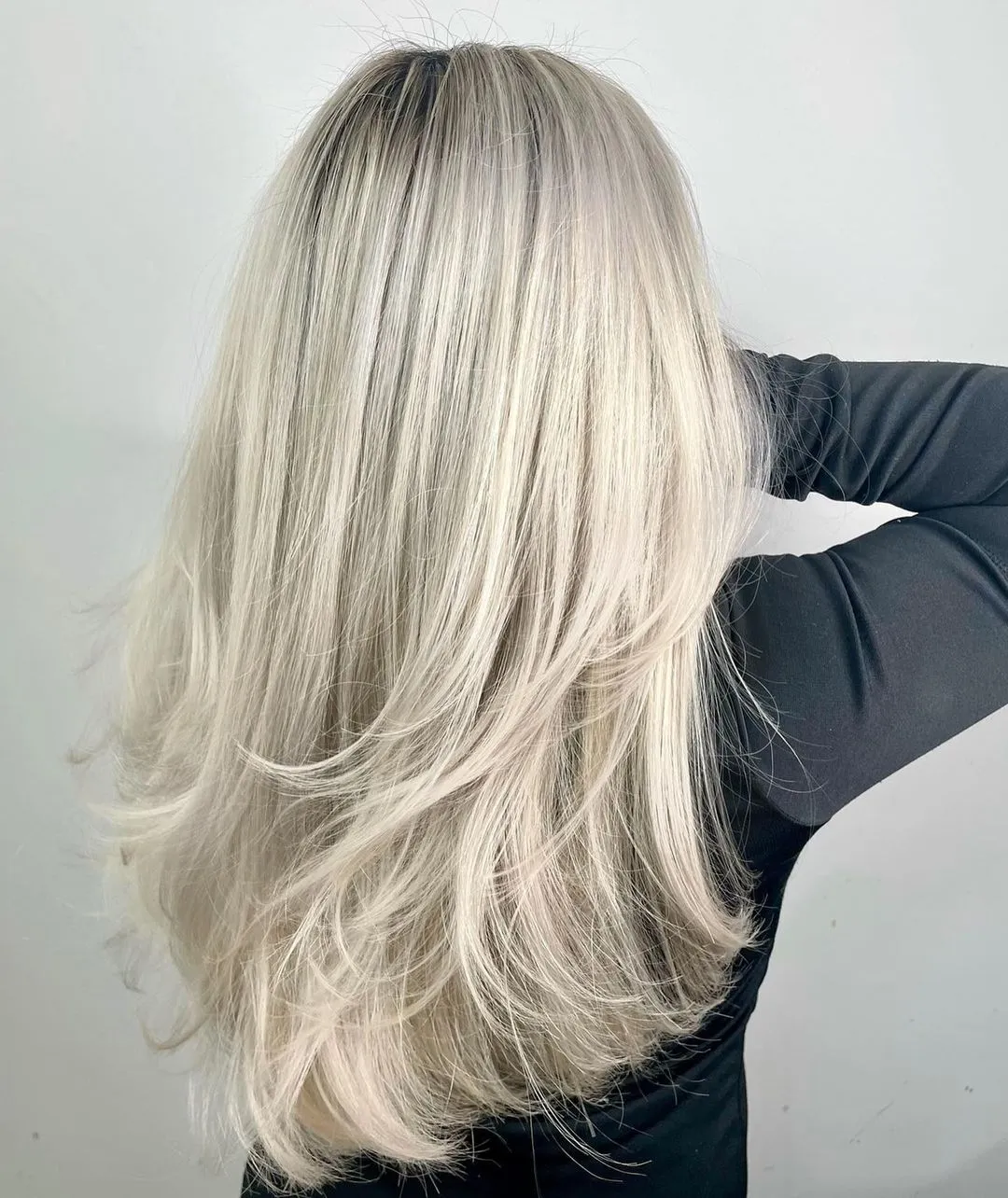
Graduated layers are used to create a dramatic effect. They are typically cut at different lengths, with the shortest layers at the crown of the head and the longest layers at the bottom. Graduated layers are ideal for those who want a bold and edgy look.
-
Blunt cut:
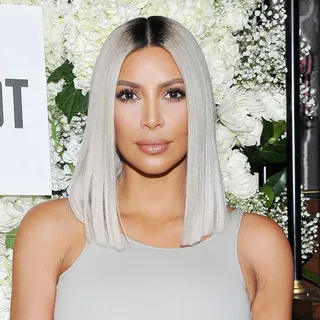
A straight, even cut with no layers. A blunt cut is a hairstyle where the hair is cut straight across at the ends, without any layers or texture. This type of haircut creates a very clean and sharp look, and is often used to make the hair appear thicker and fuller. Blunt cuts can be worn at any length, from a short bob to long layers, and can be styled straight or with a slight wave or curl for added dimension.
This type of haircut is low maintenance and easy to style, making it a popular choice for many people. However, blunt cuts may not be suitable for everyone, as they can emphasize certain facial features or make the hair look too heavy or bulky. It’s important to consult with a professional hairstylist to determine if a blunt cut is the right choice for your hair type and face shape.
-
One-length cut:

A cut with all hair at the same length. A one-length cut with hair layers involves cutting the hair to the same length all around the head, while adding layers to create texture and movement. The layers can be created by cutting the hair at different lengths, which can help to give the hair volume and make it easier to style.
-
Shattered layers:
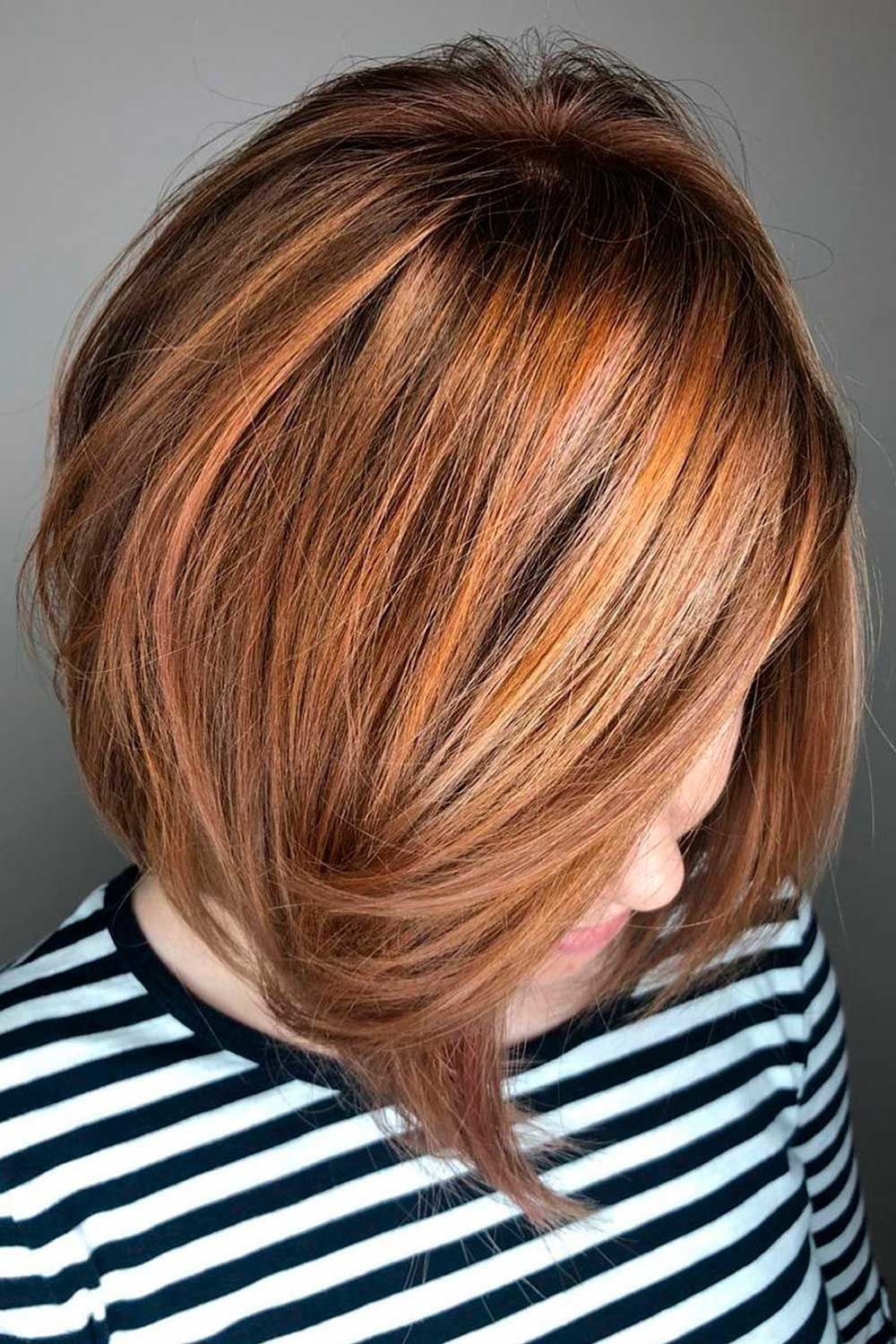
Jagged layers that create a rough, textured look. Shattered layers of hair are a popular hairstyle that involves creating layers of varying lengths that are designed to create a more natural and textured look. This hairstyle is achieved by using a razor or shears to cut the hair at different angles, creating a jagged and shattered effect that gives the hair more movement and body.
Also Read: Short Black Men’s Haircuts
-
Wispy layers:
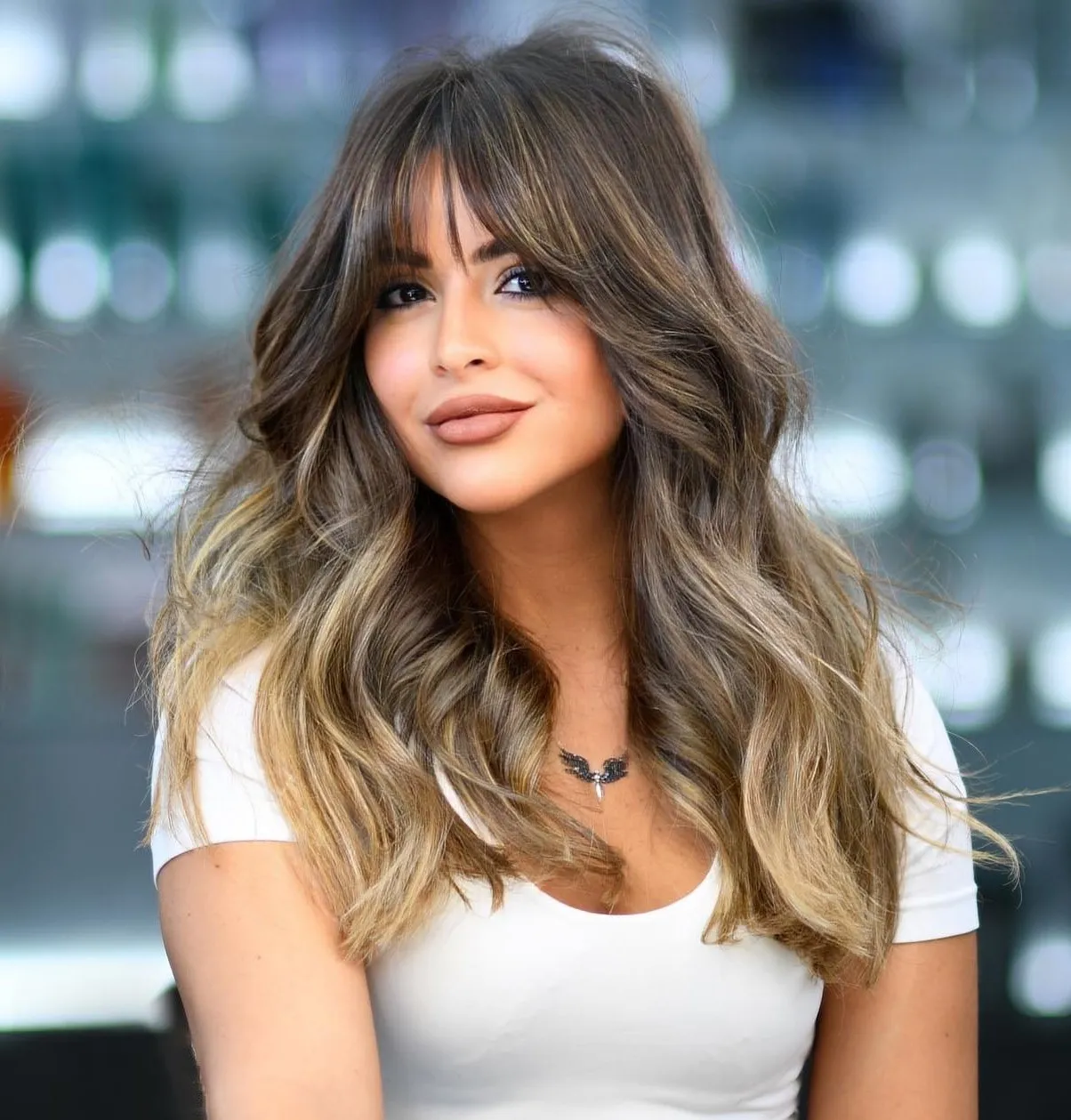
Delicate, light layers that create a soft, wispy effect. A wispy layered haircut is a popular hairstyle that features subtle layers throughout the hair, creating a light and airy look. The layers are typically blended in a way that creates a smooth transition from one length to another, resulting in a natural and effortless appearance. The wispy effect is achieved by texturizing the ends of the hair, giving it a soft and feathery appearance. This style works well for various hair lengths, from short to long, and can be customized to suit different face shapes and hair types. Overall, a wispy layered haircut is a versatile and low-maintenance style that can add volume and movement to your hair.
Also Read: Cool and Stylish Casual Women Outfits
11.Tapered layers:

Layers that gradually decrease in length, typically towards the ends of the hair. A wispy layered haircut is a popular hairstyle that features subtle layers throughout the hair, creating a light and airy look. The layers are typically blended in a way that creates a smooth transition from one length to another, resulting in a natural and effortless appearance.
The wispy effect is achieved by texturizing the ends of the hair, giving it a soft and feathery appearance. This style works well for various hair lengths, from short to long, and can be customized to suit different face shapes and hair types. Overall, a wispy layered haircut is a versatile and low-maintenance style that can add volume and movement to your hair.
-
Feathered layers:
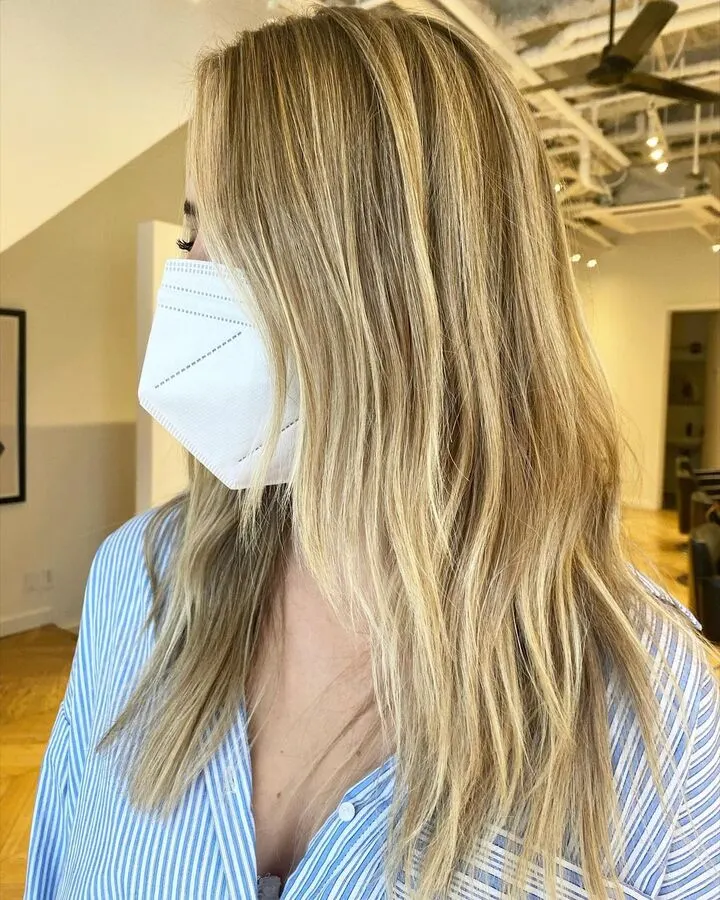
These layers are cut in a V-shape, with shorter layers at the top and longer layers at the bottom. They create a soft, feathered effect and are often used to add volume and movement to longer hair.
-
Razored layers:
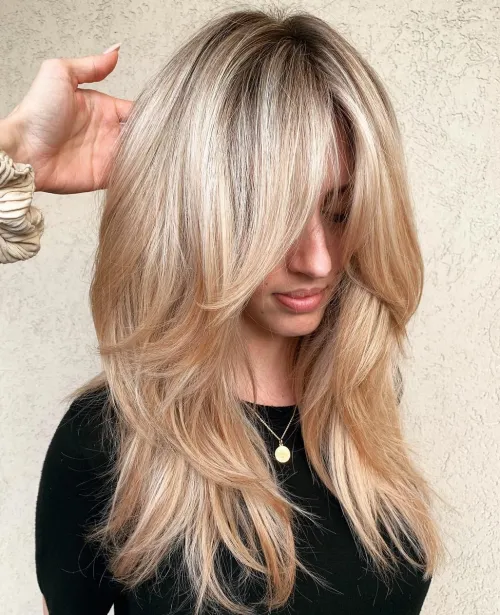 This technique involves using a razor to create uneven, wispy layers. The result is a textured, choppy look that is popular with many modern hairstyles.
This technique involves using a razor to create uneven, wispy layers. The result is a textured, choppy look that is popular with many modern hairstyles.
-
U-shaped layers:
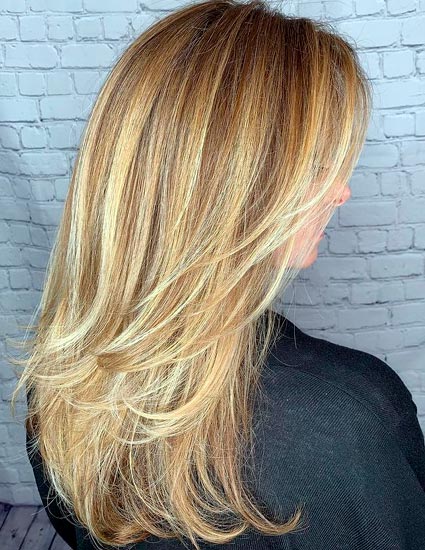
As the name suggests, this layering technique involves cutting hair into a U-shape, with longer layers in the front and shorter layers in the back. This style is often used to create a more dramatic, voluminous look.
-
Layered bangs:
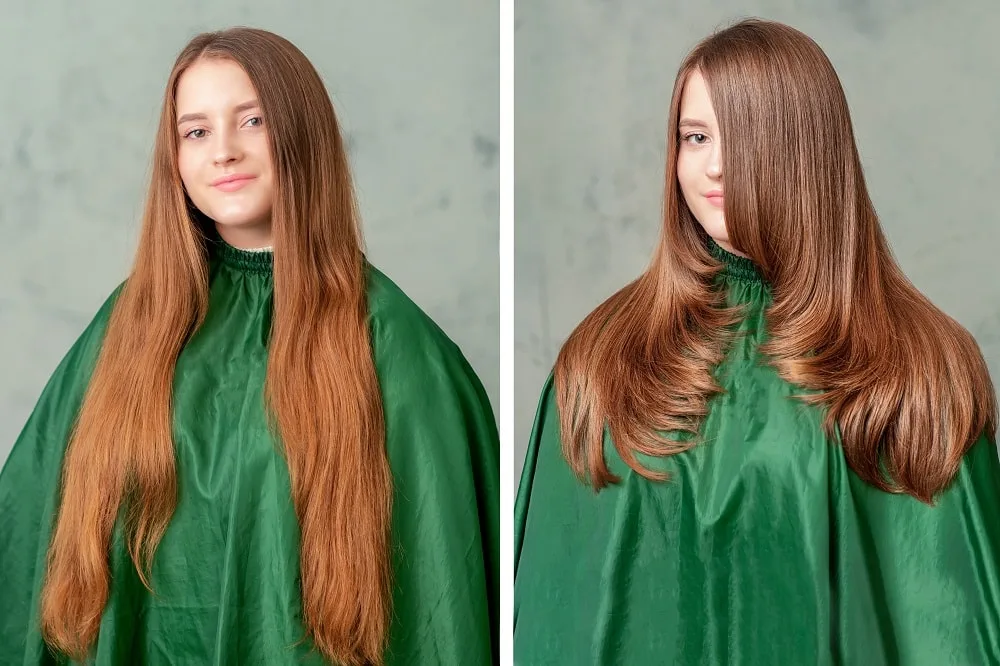
Bangs can also be layered to create a softer, more natural look. This involves cutting the bangs into shorter layers that blend seamlessly into the rest of the hair.
-
Textured layers:
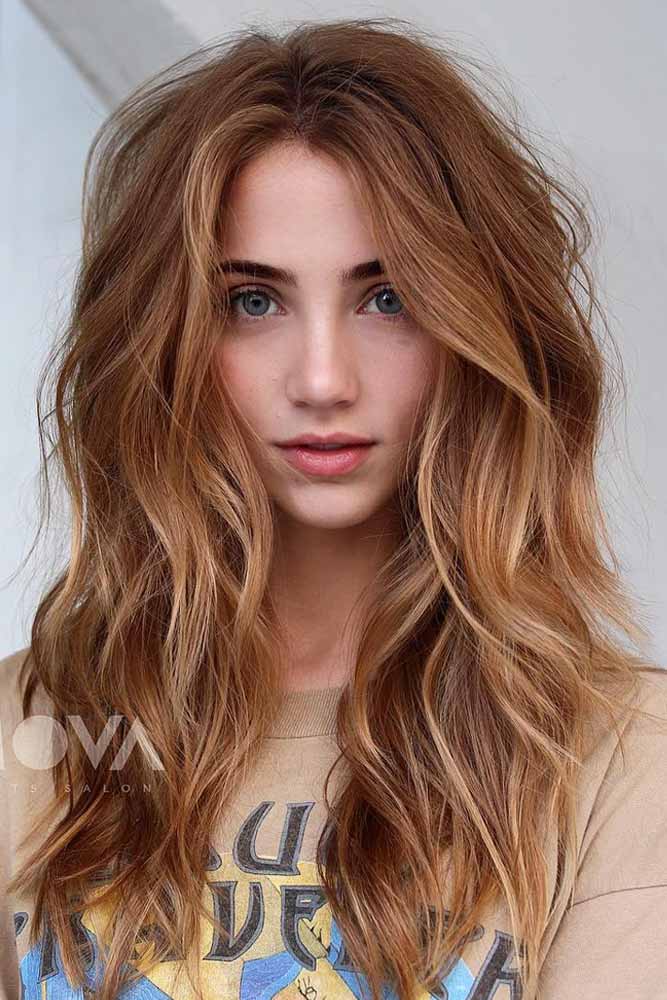
This technique involves cutting the hair into a variety of lengths to create a textured, tousled look. It’s often used to add volume and movement to shorter hairstyles.
-
Uniform layers:

These layers are cut at a consistent length throughout the hair. This style is often used to create a more polished, refined look.
-
Curly layers:
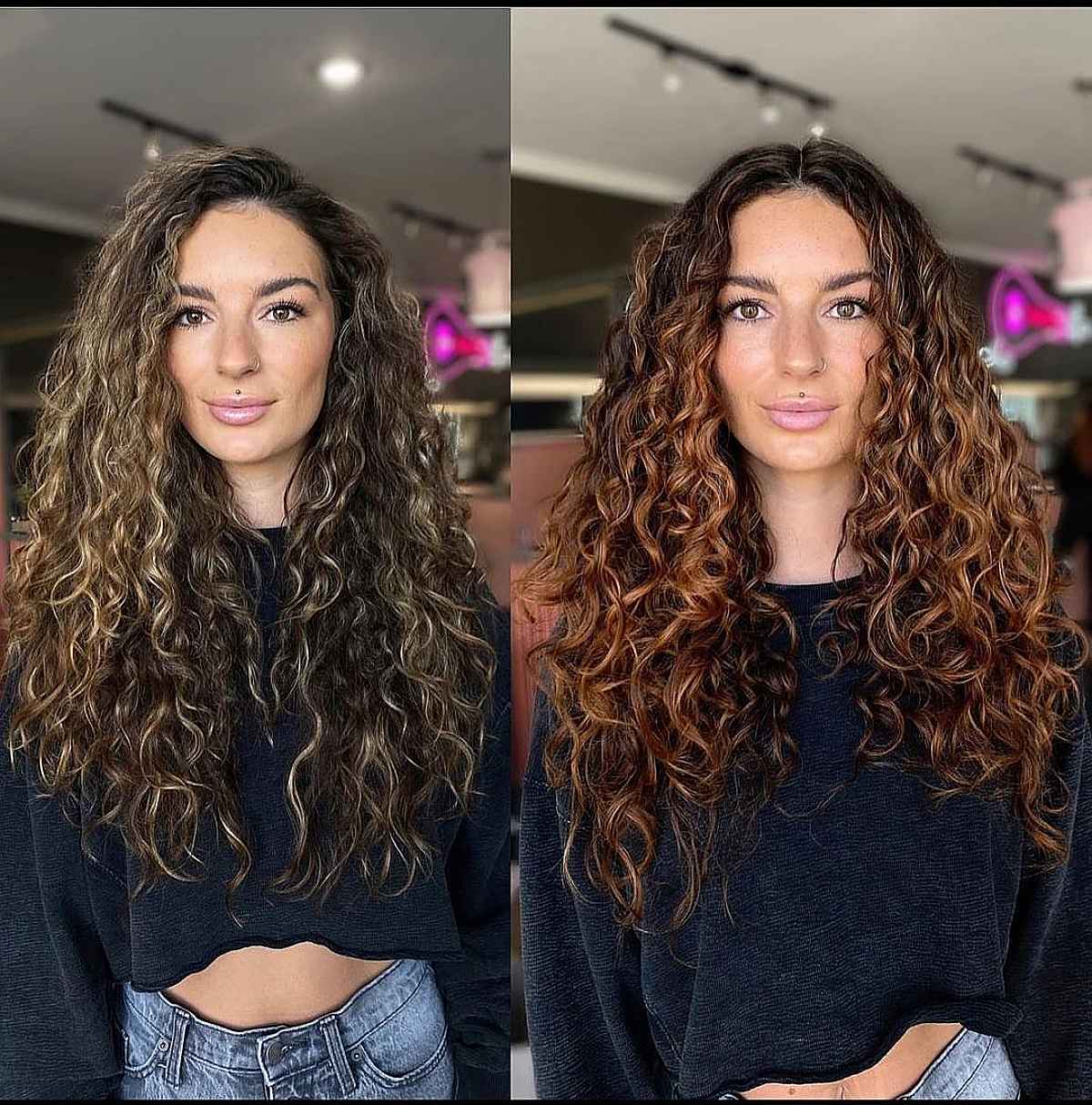
Layers can also be cut to enhance natural curls. This involves cutting the hair into layers that follow the natural curl pattern, creating a bouncy, voluminous effect.
-
Micro-layers:
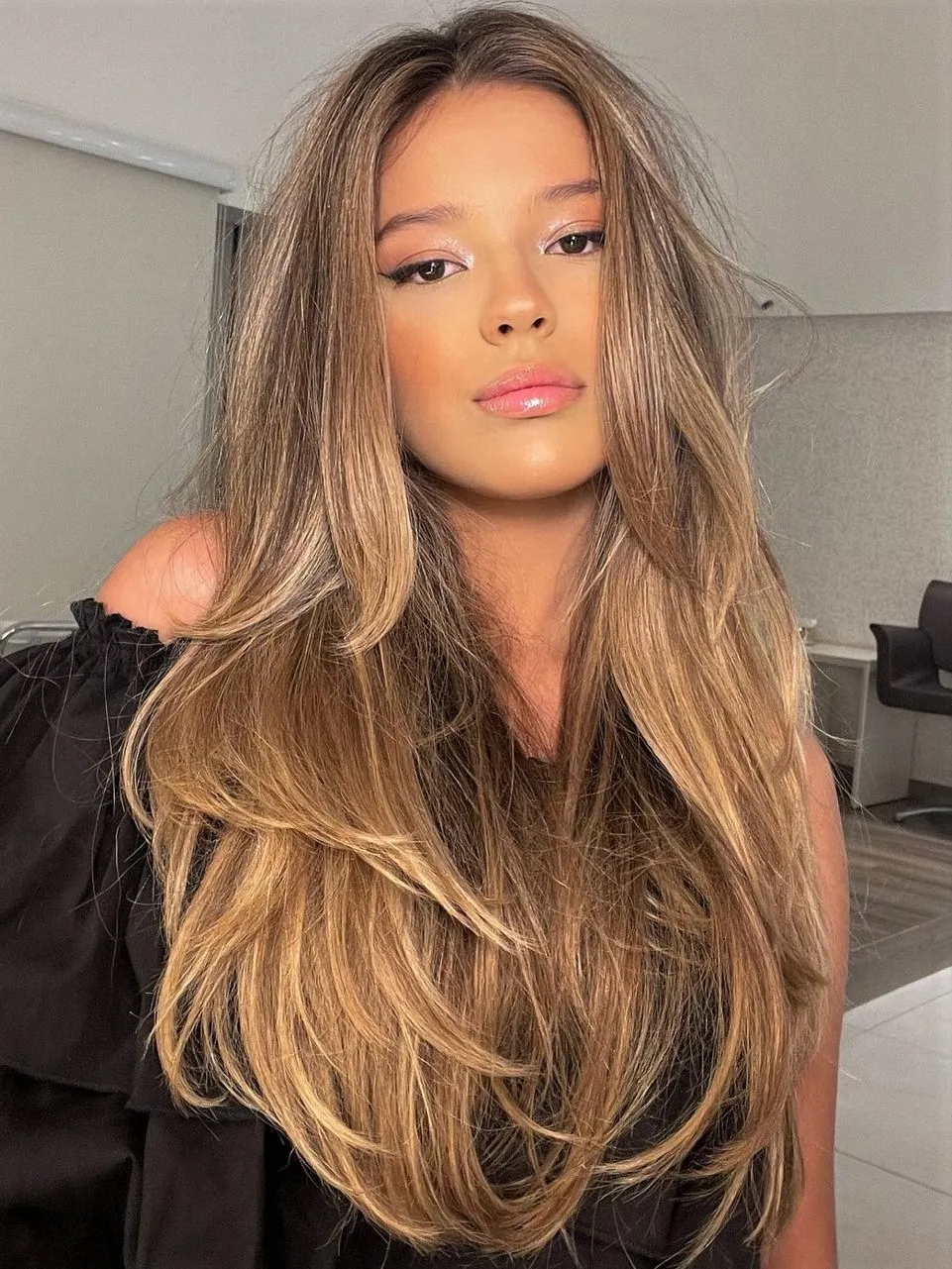
These are very short layers that are cut into the hair to create a choppy, edgy look. They are often used in shorter hairstyles to add texture and volume.
-
Tousled layers:
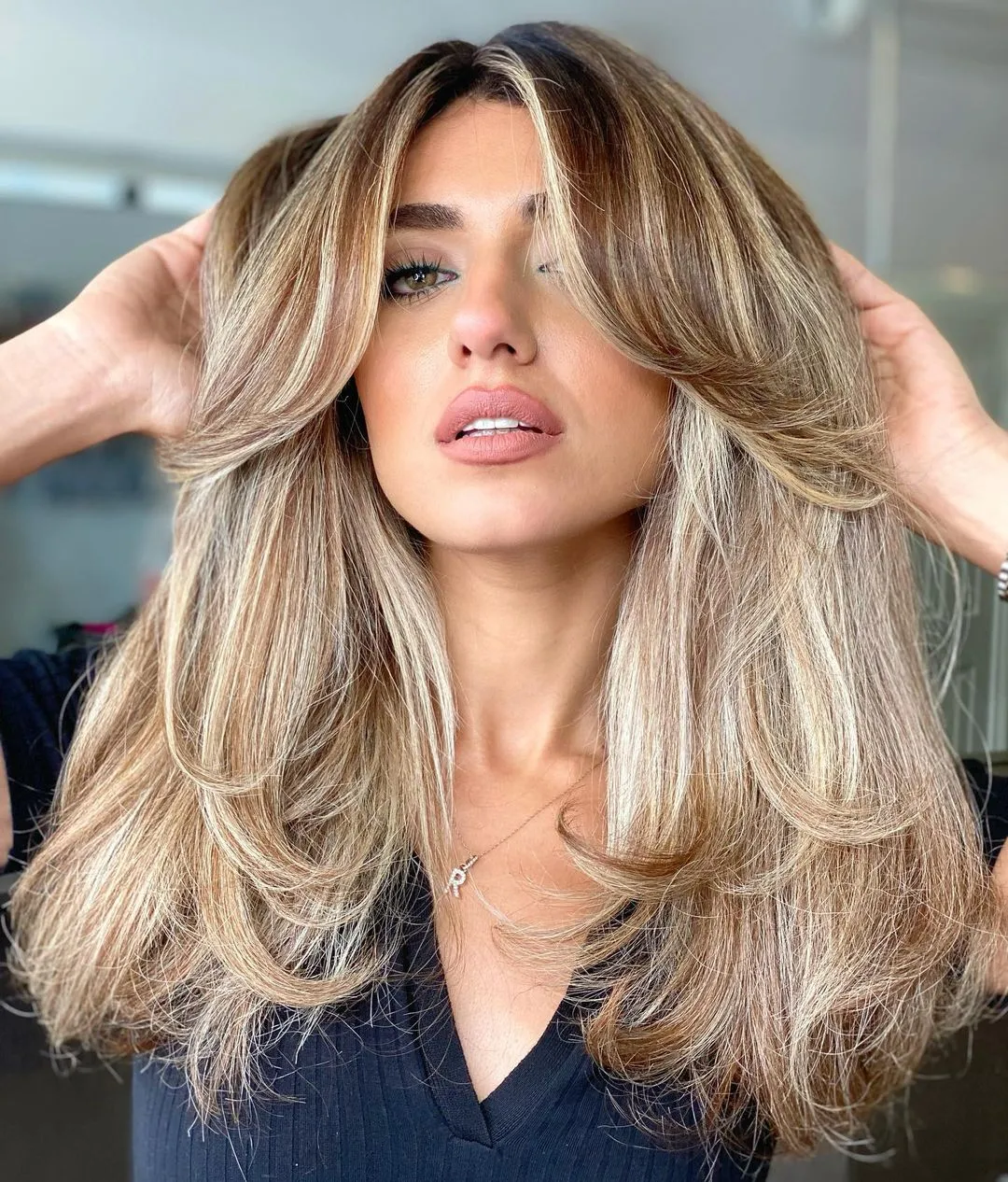
This technique involves cutting the hair into uneven, textured layers to create a messy, tousled look. It’s often used to create a casual, effortless style.
Conclusion:
In conclusion, hair layering is a popular technique used by hairdressers to add volume, depth, and movement to hair. There are different types of hair layers, each with its own benefits. Short layers are ideal for adding volume and texture to short haircuts, while long layers are perfect for adding movement and volume to long hair. Face-framing layers are used to highlight your facial features, while choppy layers create a more edgy and textured look.
Feathered layers create a soft and flowing look, and graduated layers create a dramatic effect. Consult with your hairstylist to determine which type of layering will work best for your hair type, face shape, and desired look.
FAQ’s:
Q :1 What are hair layers?
A: Hair layers are different lengths of hair that are cut to create texture, volume, and movement in the hair. Layering involves cutting the hair at different angles, resulting in sections of hair that are shorter or longer than the rest of the hair.
Q:2 What are the different types of hair layers?
A: There are several types of hair layers, including long layers, short layers, choppy layers, face-framing layers, and feathered layers. Long layers are cut into the hair at the ends to create movement and add volume. Short layers are cut closer to the head to create texture and volume. Choppy layers are cut in an uneven, jagged pattern to create a messy, edgy look. Face-framing layers are cut around the face to draw attention to the features. Feathered layers are cut at an angle to create a soft, wispy effect.
Q:3 What type of layer is best for fine hair?
A: Fine hair tends to lack volume, so long layers are often recommended to create the illusion of thickness and volume. Long layers create movement in the hair, which can make it look fuller.
Q:4 What type of layer is best for thick hair?
A: Thick hair can be heavy and difficult to manage, so shorter layers are often recommended to remove some of the bulk. Short layers create texture and reduce weight, making thick hair more manageable.
Q:5 Can layers work for any hair length?
A: Yes, layers can be added to any hair length. However, the length of the layers and the technique used will vary depending on the length and texture of the hair.
Q:6 How often should hair be layered?
A: The frequency of layering depends on the individual’s hair growth rate, hair length, and personal preference. For most people, getting a haircut every 6-8 weeks is recommended to maintain the shape and style of the hair. Layering can be done during each haircut or every other haircut to maintain the desired style.
Q:7 Can layers be added to curly hair?
A: Yes, layers can be added to curly hair to create more defined curls and reduce the weight of the hair. However, it is important to have the layers cut by a stylist who is experienced in working with curly hair to avoid unwanted frizz or unevenness.
Q:8 Can layers be added to straight hair?
A: Yes, layers can be added to straight hair to create movement and texture. However, it is important to choose the right length and type of layers that complement the natural texture of the hair. Straight hair may require shorter layers to add volume and movement, while longer layers may work better for wavy or curly hair.

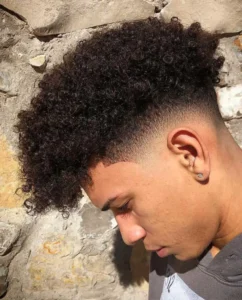
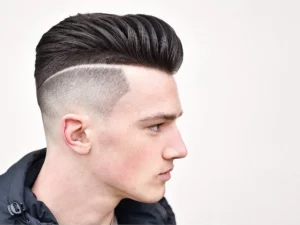
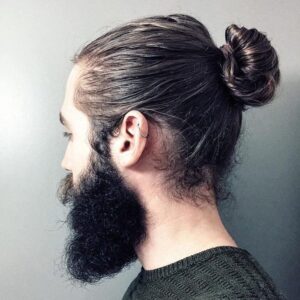
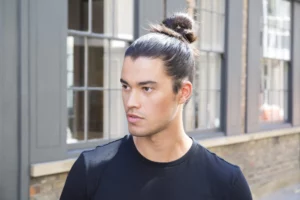
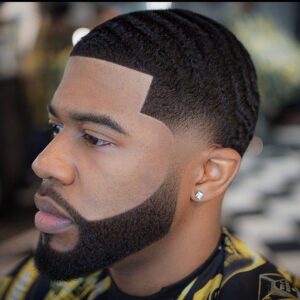
Be First to Comment